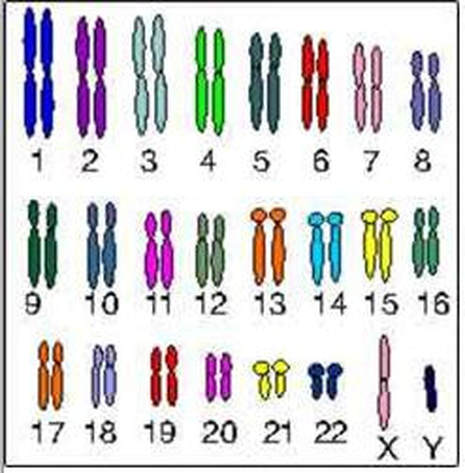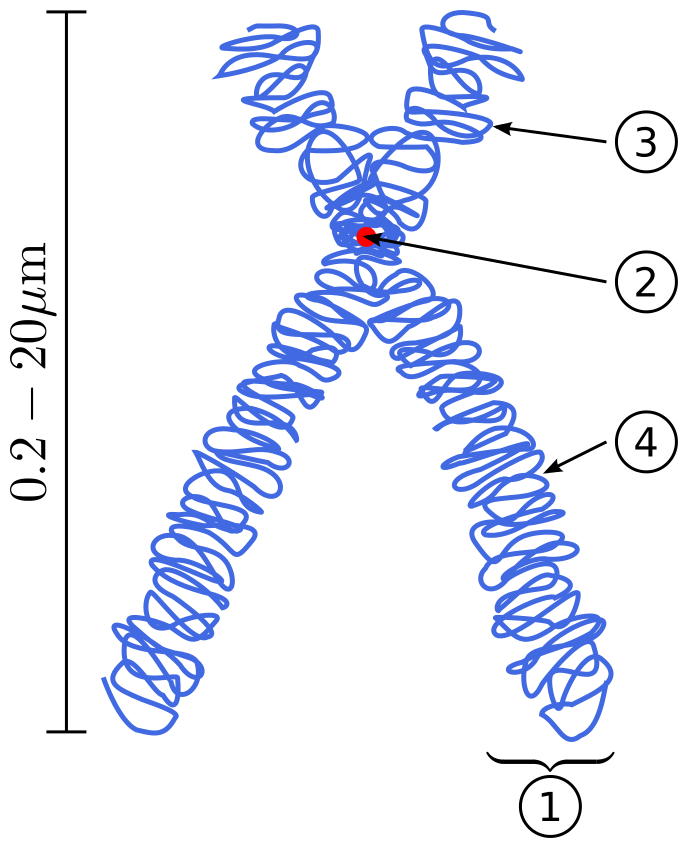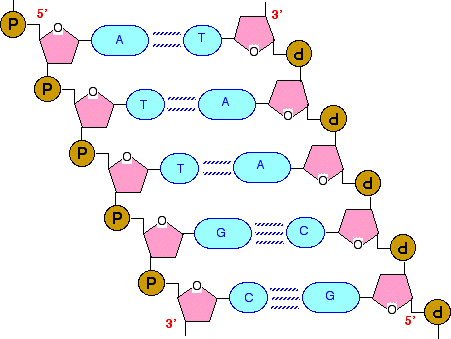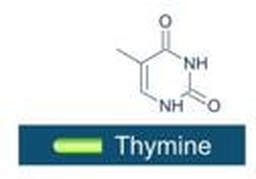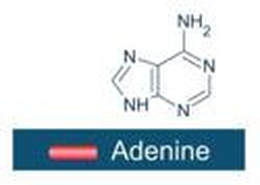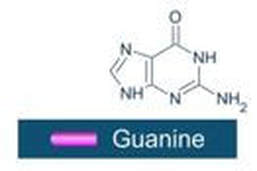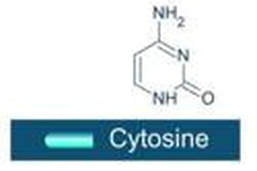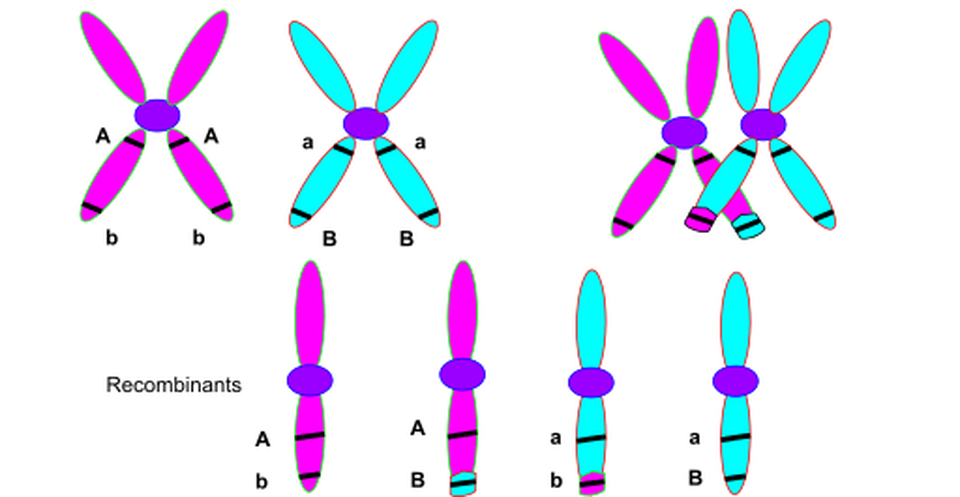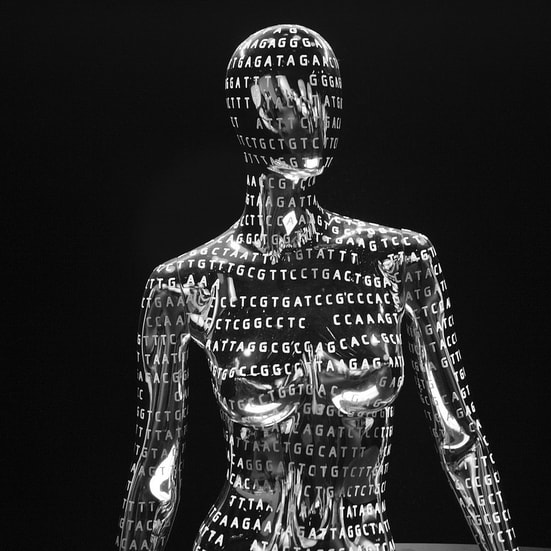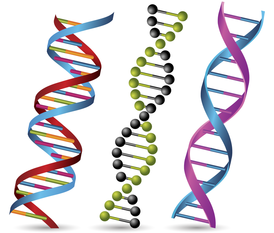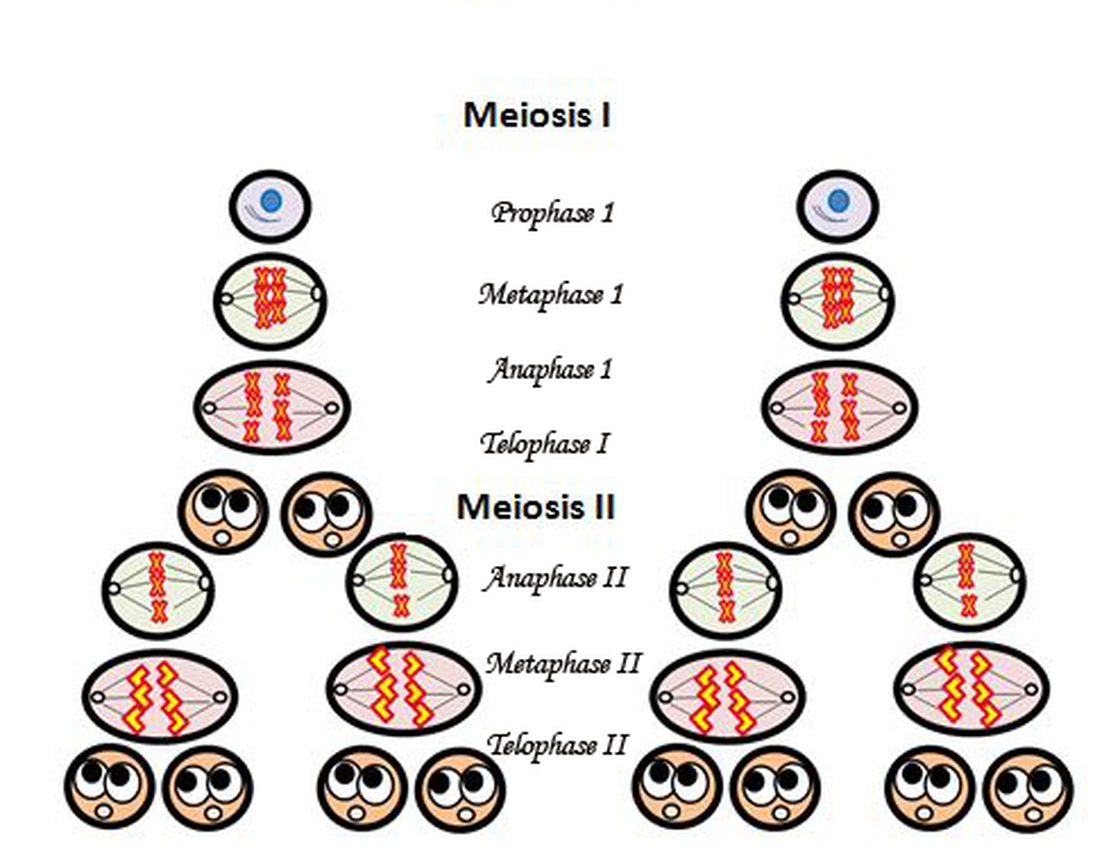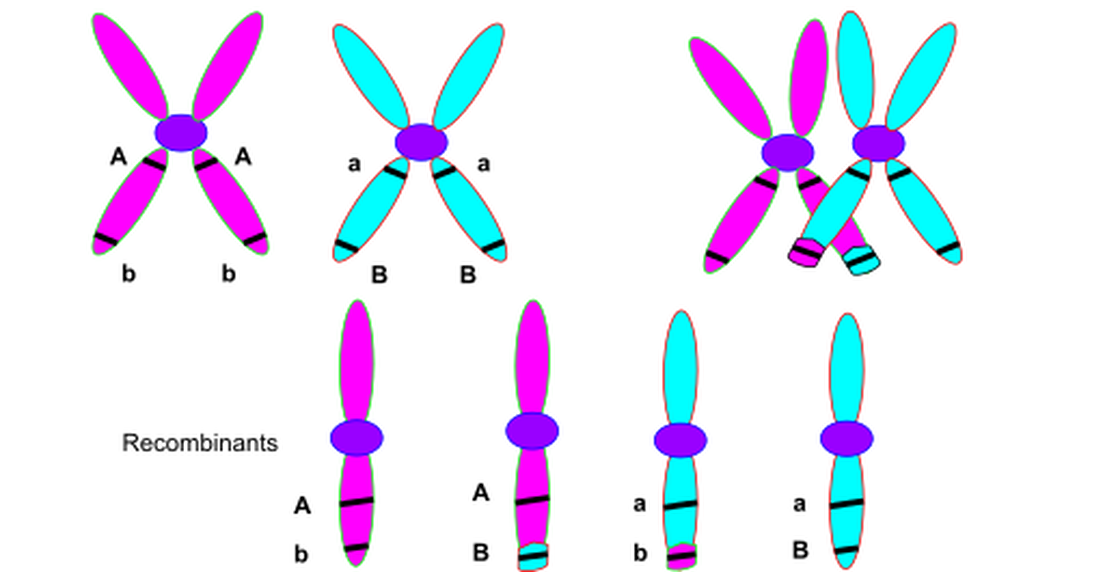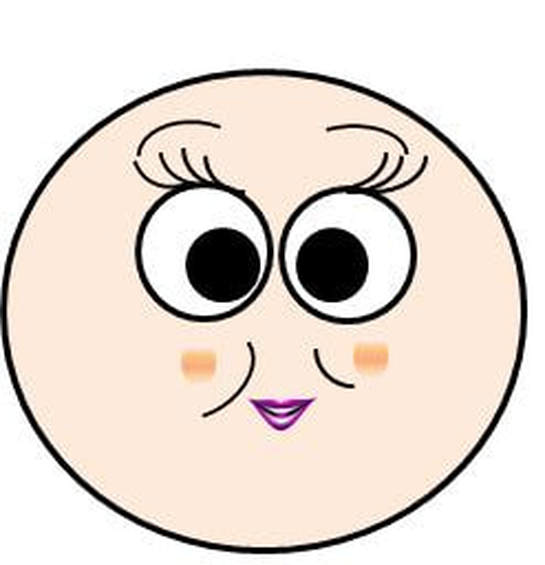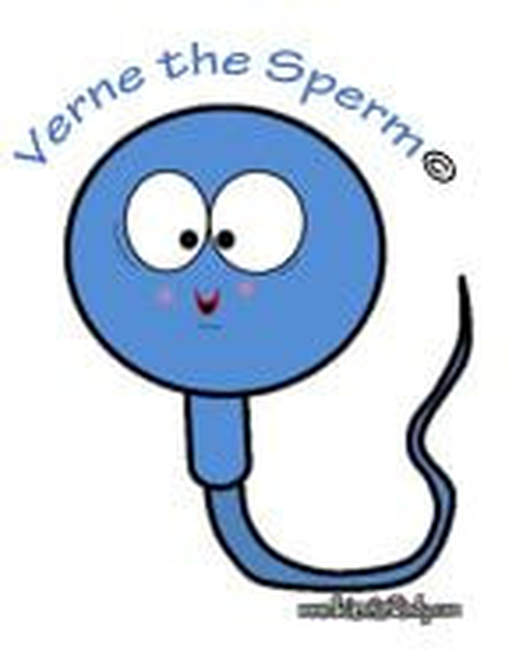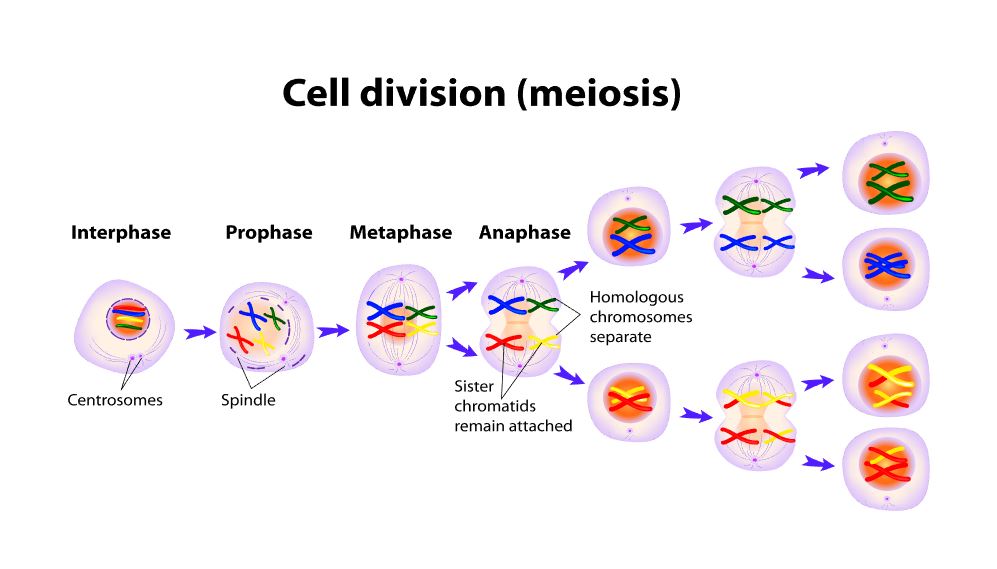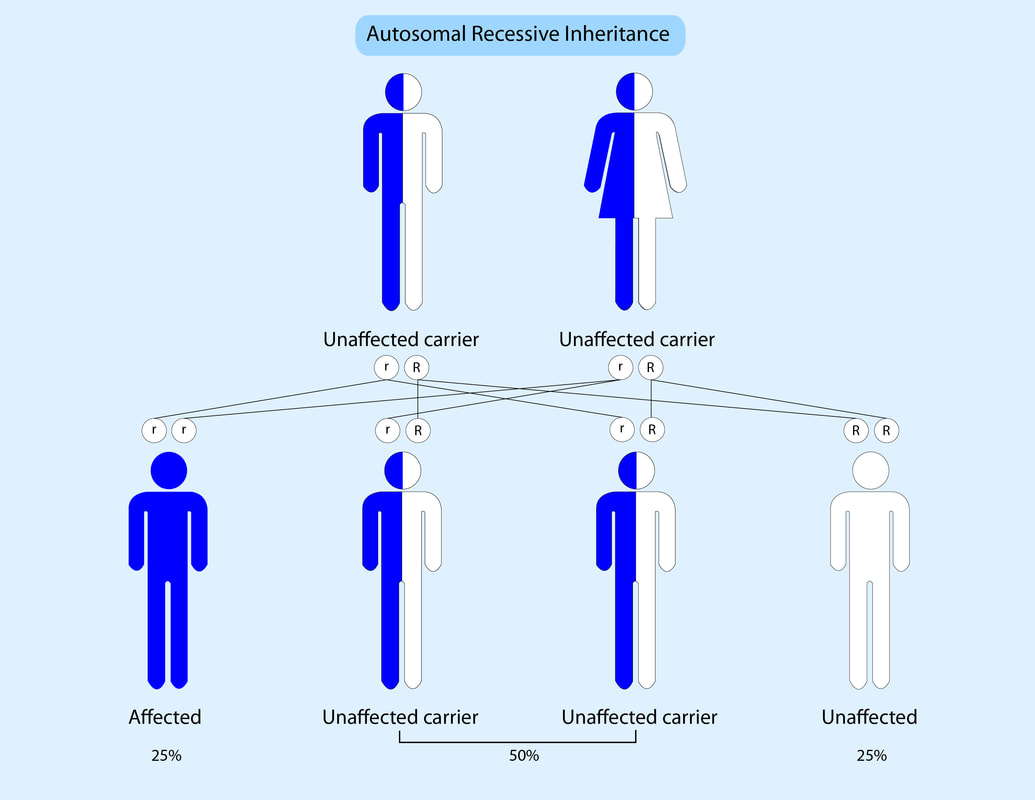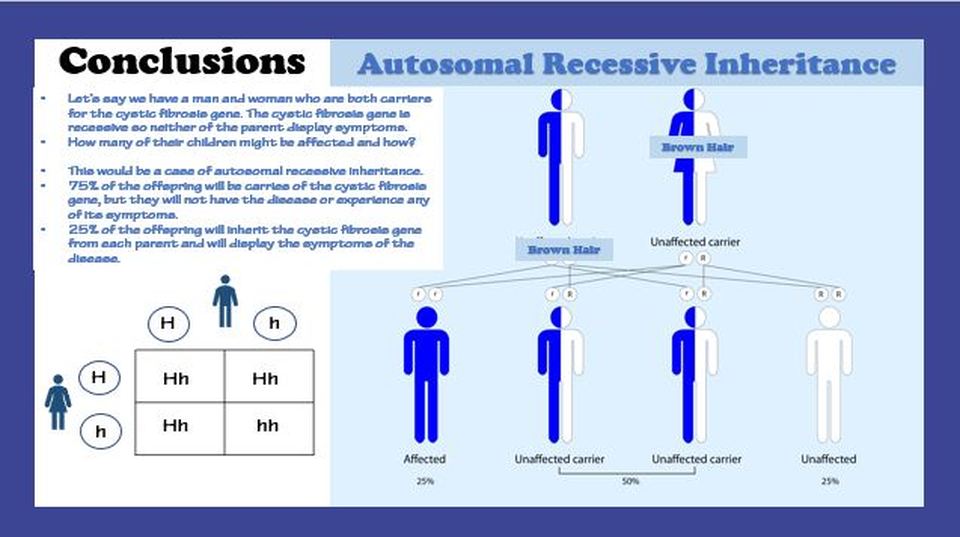Video
CHROMOSOMES
HOW OUR DNA IS PACKAGED
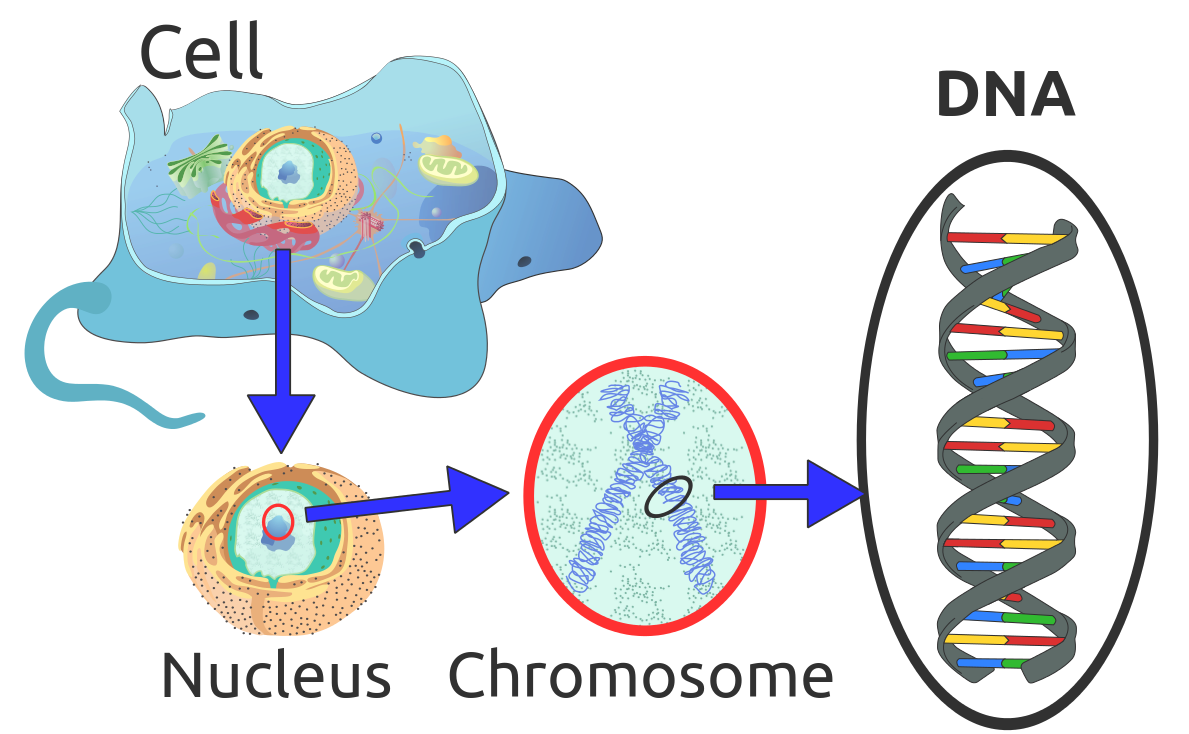
By Eukaryote_DNA.svg: *Difference_DNA_RNA-EN.svg: *Difference_DNA_RNA-DE.svg: Sponk (talk)translation: Sponk (talk)Chromosome.svg: *derivative work: Tryphon (talk)Chromosome-upright.png: Original version: Magnus Manske, this version with upright chromosome: User:Dietzel65Animal_cell_structure_en.svg: LadyofHats (Mariana Ruiz)derivative work: Radio89derivative work: Radio89 - This file was derived from Eukaryote DNA.svg:, CC BY-SA 3.0, https://commons.wikimedia.org/w/index.php?curid=20539140
The DNA of humans is packaged into 2 sets of 23 distinct chromosomes. One set is from your mom and the other is from your dad.
BASE PAIRING
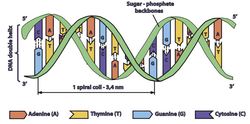
Genetic Variance
Genetic variance is brought about by 2 processes:
1) crossing over and
2) independent assortment.
Even though we all have the same genes, the type of genes are different. You can think of it as having different flavors of ice cream. Ice cream has a lot of different flavors, but they are still ice cream. In genetics, we call the different types of genes, Alleles. The form of the gene can be either DOMINANT or RECESSIVE. A dominant gene is the one that can mask the expression of the a recessive gene. Humans have 2 full sets of chromosomes.
|
One set of your chromosomes comes from your mom that came from the egg that made you, and the other set came from your dad in his sperm that fertilized the egg. So you have 2 sets of 23 chromosomes, for a total of 46 chromosomes. Since you have 2 full sets of chromosomes, this means that you have 2 genes for each of your traits (one gene from mom and one gene from dad). Some genetic traits are dominant and will be expressed (outwardly displayed), even if the other equivalent gene is a recessive form. A recessive gene is the gene that can be masked by the dominant gene.
|
A phenotype is the observable characteristics or traits that are displayed in an organism according to their genotype. A phenotype is the result of a person's genotype. A genotype is the actual genes the organism carries. Though phenotype and genotype are related, they are not the same thing. Let's look at why!
The notation that geneticists use to denote a homozygous recessive genotype is by using 2 lower-cased letters. The letter can be anything, but we usually try to have the letter 'mean' something. For example, if we wish to designate the letter 'E' for eye color, then the dominant eye color of brown will be symbolized as 'E' and the recessive trait of blue eyes will be symbolized as 'e'.
An Example of the Benefits of Genetic Diversity
Read more at the link above which will bring you to the URL https://www.geneticliteracyproject.org/2014/04/04/black-plagues-quirky-genetics-700-years-later/
Meiosis increases genetic variation due to the random recombination of genetic material (from mom and dad). It is for this reason that we consider meiosis sexual reproduction. Asexual reproduction, like we see in mitosis, yields genetically identical offspring (clones of the parent cell). Sexual reproduction is important for survival of the species. For example, when a potentially detrimental change occurs in the environment, a species having a wide variety of genetic variation will have a much better chance that at least some of the individuals of the species will survive.
Genetic diversity allows offspring to have a better chance of surviving environmental changes (natural selection). This diversity comes about through the process of Meiosis which creates eggs (oocytes) and sperm (spermatozoa).
Your eggs and sperm cells are sex cells and they have a special name, GAMETES.
Your gametes develop from a progenitor cell. The Progenitor cell will enter the cell cycle. At the beginning of G1, the progenitor cell has 46 chromosomes (23 chromosomes from the mom and 23 chromosomes from dad). In S-Phase, the chromosomes of the cell replicate them selves, but the copies stay attached to each other at the centromere. The genetic material is doubled, but the chromosome number has not changed. The chromosomes are in a de-condensed state here and are also called chromatin in this form. Also, the chromosomes are not visible in this state. Next, the cell undergoes the G2 phase in final preparation for Meiosis.
Genetic Inheritance
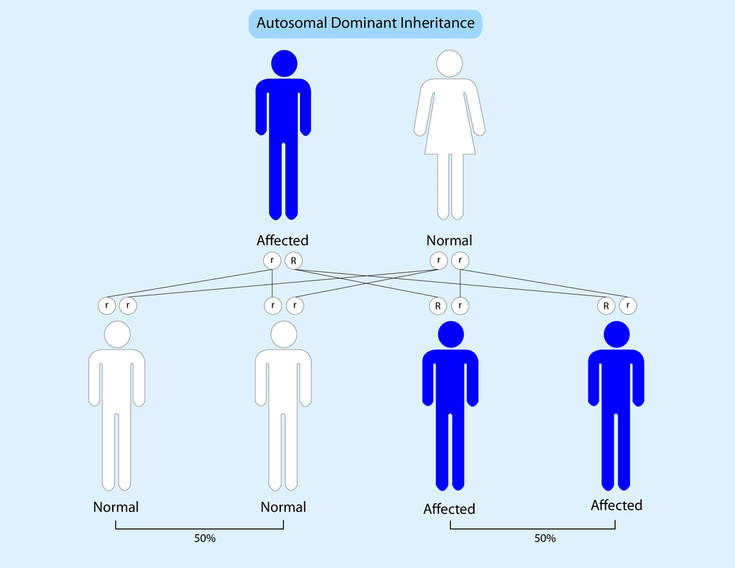
Genetic variance is brought about by 1) crossing over and 2) independent assortment. Even though we all have the same genes, the type of genes are different. You can think of it as having different flavors of ice cream. Ice cream has a lot of different flavors, but they are still ice cream. In genetics, we call the different types of genes, Alleles. The form of the gene can be either DOMINANT or RECESSIVE. A dominant gene is the one that can mask the expression of the a recessive gene. Humans have 2 full sets of chromosomes. One set from your mom that came from the egg that made you, and one set came from the sperm that fertilized the egg. So you have 2 sets of 23 chromosomes, for a total of 46 chromosomes. SInce you have 2 full sets of chromosomes, this means that you have 2 genes for each of your traits (one gene from mom and one gene from dad). Some genetic traits are dominant and will be expressed (outwardly displayed), even if the other equivalent gene is a recessive form.
An individual would have to be homozygous recessive in order to have the recessive trait. This means that they have inherited a recessive gene from mom and a recessive gene from dad. The notation that geneticists use to denote a homozygous recessive genotype is by using 2 lower-cased letters. The letter can be anything, but we usually try to have the letter 'mean' something. Forexample, if we wish to designate the letter 'E' for eye color, then the dominant eye color of brown will be symbolized as 'E' and the recessive trait of blue eyes will be symbolized as 'e'. The genotype of an individual that is homozygous recessive for eye color would be 'ee'. A homozygous dominant individual would be 'EE'. A person that is heterozygous for eye color would be "Ee" and would have inherited a dominant gene for eye color from one parent and a recessive gene for eye color from the other parent. This individual would have brown eyes, since the dominant allele will mask the recessive allele.
|
An individual would have to be homozygous recessive in order to have the recessive trait. This means that they have inherited a recessive gene from mom and a recessive gene from dad. The notation that geneticists use to denote a homozygous recessive genotype is by using 2 lower-cased letters. The letter can be anything, but we usually try to have the letter 'mean' something. Forexample, if we wish to designate the letter 'E' for eye color, then the dominant eye color of brown will be symbolized as 'E' and the recessive trait of blue eyes will be symbolized as 'e'. The genotype of an individual that is homozygous recessive for eye color would be 'ee'. A homozygous dominant individual would be 'EE'. A person that is heterozygous for eye color would be "Ee" and would have inherited a dominant gene for eye color from one parent and a recessive gene for eye color from the other parent. This individual would have brown eyes, since the dominant allele will mask the recessive allele. Genotype- the actual allele combination in an individual Phenotype- outward manifestation or expression of an individuals genotype Alleles- alternative forms of the same gene Dominant is the one that can mask the expression of the other Recessive the gene whose expression is able to be masked Homozygous recessive-
|
|

